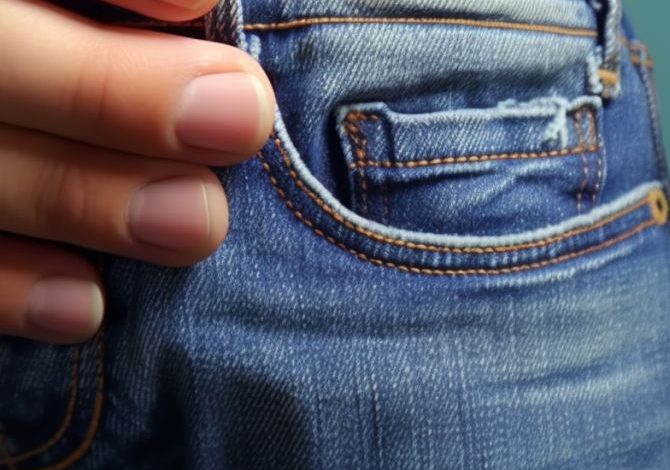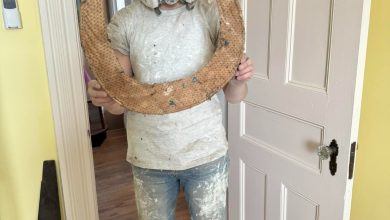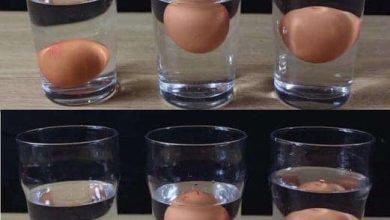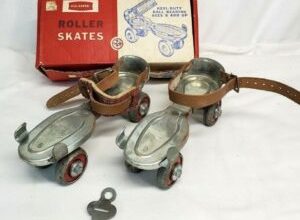
What is the little pocket on pair of jeans for? Everything you need to know
Have you ever wondered about the tiny pocket nestled within the front pockets of your jeans? This seemingly insignificant detail has intrigued wearers for generations. In this article, we delve into the history and purpose of this little pocket, exploring its evolution and the various functions it serves in contemporary fashion.
Historical Background
Origins of the Little Pocket
The story of the little pocket on jeans dates back to the mid-19th century, rooted in the rugged origins of this iconic garment. Levi Strauss and Jacob Davis are credited with patenting the first riveted denim pants in 1873, designed to withstand the demands of manual labor during the Gold Rush era.
Purpose for Pocket Watches
During this time, pocket watches were not just accessories but essential tools for many. Recognizing this, the creators of jeans incorporated a small secondary pocket within the right front pocket. This watch pocket was intended to securely house a pocket watch, ensuring it remained protected and easily accessible, even in strenuous work conditions.
Evolution and Adaptation
Transition to Coin Pocket
As the use of pocket watches declined, the little pocket underwent a transformation. It evolved into a convenient storage space for loose change, providing an organized solution for carrying coins without cluttering the main pocket.
Modern Uses
- Lighter and Match Pocket: With the rise of smoking, the little pocket found a new purpose as a holder for lighters or matches, offering quick access to fire-starting devices.
- Condom Pocket: In contemporary society, the little pocket serves as a discreet compartment for carrying condoms, providing a practical and inconspicuous solution.
- Ticket or Key Pocket: For those needing quick access to small items, the little pocket doubles as a secure storage space for tickets, key cards, or other essentials.
Conclusion
While the little pocket on jeans may appear insignificant, its journey through history reveals its adaptability and utility. From its origins as a watch pocket to its modern-day functions, this small detail continues to play a significant role in both fashion and practicality.




